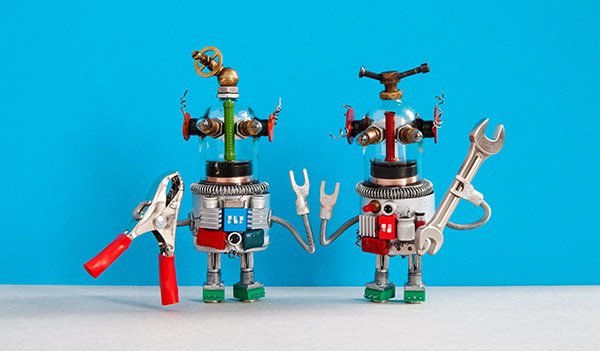You spend months planning a commercial building, from zoning and permits to final finishes. But sometimes, the parts that make the biggest difference in how a space performs and ages are the ones people overlook early on. Wall systems fall into that category. They’re not flashy, but they’re fundamental.
Think of walls as the building’s skin, insulation, shield, and face all at once. Choosing the right system affects more than just what the place looks like. It affects how well it retains heat, the cost of maintenance, and even the property’s value in the long run.
In this article, you’ll learn what makes wall systems a smart focus from the start and how they shape your building’s future.

More Than a Shell
People often treat walls like a backdrop. Yet in commercial property development, they’re one of the most critical parts of the structure. They shape the building’s durability, impact long-term costs, and help define the overall identity of the space. Whether you’re building a retail center, warehouse, or office space, the wall system is doing much more than closing off the outside.
It’s controlling heat. It’s managing moisture. It’s helping reduce sound transfer. If it’s a metal building, it often carries some of the structural load. That is why getting the right combination of materials and assembly methods matters from the start.
Performance is a Priority
A commercial building’s wall system does much more than provide structure. It plays a major role in regulating temperature, keeping moisture out, and lowering ongoing maintenance costs. If the wrong system is chosen, problems may not show up immediately, but they will over time through higher utility bills, comfort complaints, or faster material wear.
This is especially true in pre-engineered metal buildings where the wall system often does double duty by providing both protection and structural support. That is why experienced developers tend to look at solutions that have proven themselves in the field.
One well-known name in this space is Butler. The company has a long history of designing metal building systems used in commercial, industrial, and institutional settings. Their wall systems are built to meet a variety of needs while offering a strong balance between insulation, durability, and efficient installation. The Guide to Butler Building wall systems outlines these configurations in detail and explains how they perform in different conditions. Even if your project uses another type of structure, the ideas in that guide offer a practical foundation for choosing a reliable wall system.
Aesthetics Matter, Too
Commercial spaces are under more visual pressure than ever. Whether it’s attracting tenants, customers, or investors, appearance plays a big role. Wall systems help frame that first impression. You are setting a tone before anyone even steps inside.
Texture, color, panel layout, and surface design all send a message. They can make a building feel high-end or low-cost, dated or modern, professional or rushed. That is why a growing number of developers are choosing wall systems that combine good looks with solid function. Choosing the right design does not have to mean a huge increase in cost. Smart planning and clear direction early on usually keep things within budget.
The Installation Piece
Good materials can be undone by bad installation. It happens more than it should. Panels that don’t line up. Sealants that fail within the first season. Fasteners that loosen with temperature changes. These are the kinds of problems that show up when the wall system isn’t installed by experienced hands.
More than that, not every system is designed with ease of installation in mind. Some options take longer and require more precision. Others are built for speed and simplicity. However, even the simplest designs need proper training and quality control.
One missed detail can lead to major issues down the road. These include water infiltration, insulation gaps, and even structural concerns in some cases. Therefore, even if you’re using a great product, make sure the team putting it in knows exactly what they’re doing.
Longevity Means Less Stress
Every developer wants a low-maintenance building. Nobody wants to sink money into constant repairs or redesigns a few years after opening. Wall systems play a huge role in that long-term peace of mind.
The better systems are built to resist rust, fading, warping, and leaks. They’re also easier to inspect and maintain, with components that can be replaced without tearing everything apart. That saves money and stress, and it keeps your property looking sharp and functioning well.
If resale value is part of your plan, this kind of durability becomes even more important. Buyers notice signs of poor maintenance. A wall system that looks clean and solid after a decade speaks volumes about the rest of the property.
Wrapping It Up
Wall systems are more than just part of the structure. They’re part of your strategy. They influence cost, comfort, appearance, and how the space performs year after year. Getting them right means fewer surprises and better returns. Whether you’re working on a small business park or a massive logistics center, give the walls the attention they deserve. Good decisions now will carry the project further and make the building something you’re proud to stand behind.




